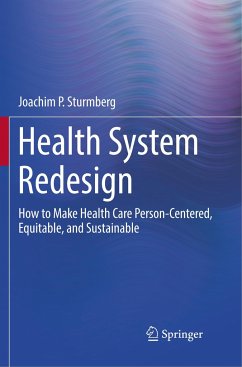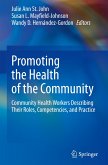This forward-looking volume challenges professionals and interested lay readers to reconsider our ways of looking at health and wellness, illness and disease, and the goals of health/healthcare systems. Reframing health systems as complex adaptive systems, the book identifies health care as a central aspect of social care and security for all people, particularly the most vulnerable. From there, the author outlines necessary organizational, design, medical, and community steps toward building health systems that view and practice health care as a human right and can produce optimum care in the long term. And extensive illustrations display effective collaborative problem solving within these systems, in both intriguing theoretical models and the real world.
Highlights of the coverage:
· Systems and complexity thinking in health and health care
·
Redesign based on "first principles"
· Redesignfrom an organizational perspective
· Working together effectively and efficiently to achieve a common purpose
· Analyzing "the workings" of health systems as complex adaptive systems
· Person-centered, equitable, and sustainable health systems: achieving the goal
Health System Redesign brings a voice and a vision to the most pressing problems in healthcare service delivery, and offers new goals and purpose to health policymakers, health financiers, organizational leaders, clinicians, and concerned members of the local community
Highlights of the coverage:
· Systems and complexity thinking in health and health care
·
Redesign based on "first principles"
· Redesignfrom an organizational perspective
· Working together effectively and efficiently to achieve a common purpose
· Analyzing "the workings" of health systems as complex adaptive systems
· Person-centered, equitable, and sustainable health systems: achieving the goal
Health System Redesign brings a voice and a vision to the most pressing problems in healthcare service delivery, and offers new goals and purpose to health policymakers, health financiers, organizational leaders, clinicians, and concerned members of the local community








